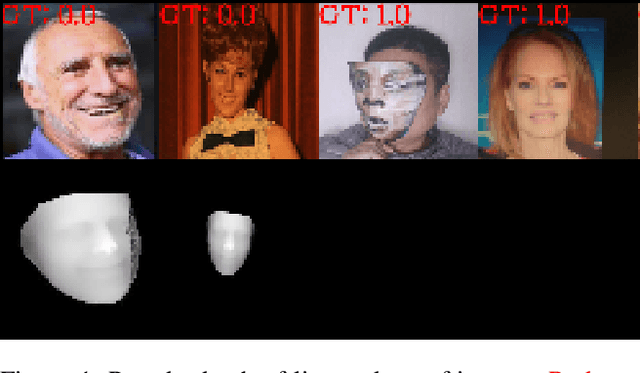More than just an auxiliary loss: Anti-spoofing Backbone Training via Adversarial Pseudo-depth Generation
Paper and Code
Jan 01, 2021



In this paper, a new method of training pipeline is discussed to achieve significant performance on the task of anti-spoofing with RGB image. We explore and highlight the impact of using pseudo-depth to pre-train a network that will be used as the backbone to the final classifier. While the usage of pseudo-depth for anti-spoofing task is not a new idea on its own, previous endeavours utilize pseudo-depth simply as another medium to extract features for performing prediction, or as part of many auxiliary losses in aiding the training of the main classifier, normalizing the importance of pseudo-depth as just another semantic information. Through this work, we argue that there exists a significant advantage in training the final classifier can be gained by the pre-trained generator learning to predict the corresponding pseudo-depth of a given facial image, from a Generative Adversarial Network framework. Our experimental results indicate that our method results in a much more adaptable system that can generalize beyond intra-dataset samples, but to inter-dataset samples, which it has never seen before during training. Quantitatively, our method approaches the baseline performance of the current state of the art anti-spoofing models with 15.8x less parameters used. Moreover, experiments showed that the introduced methodology performs well only using basic binary label without additional semantic information which indicates potential benefits of this work in industrial and application based environment where trade-off between additional labelling and resources are considered.
 Add to Chrome
Add to Chrome Add to Firefox
Add to Firefox Add to Edge
Add to Edge